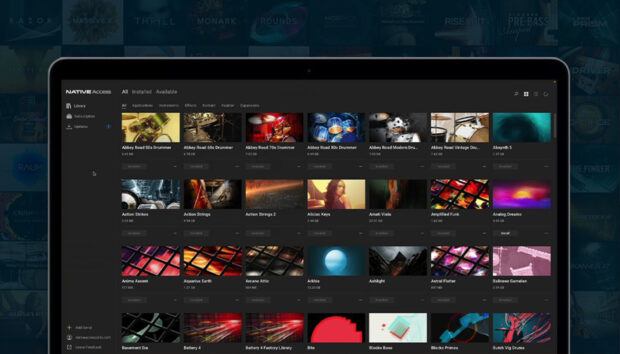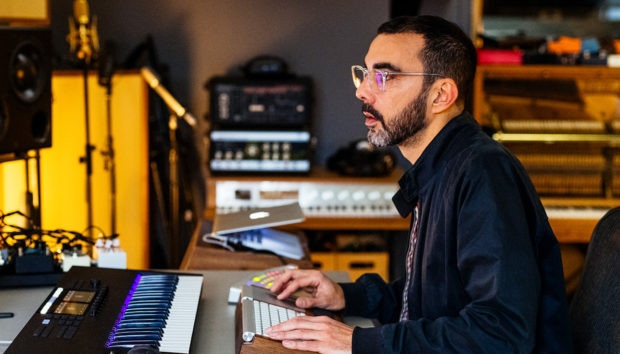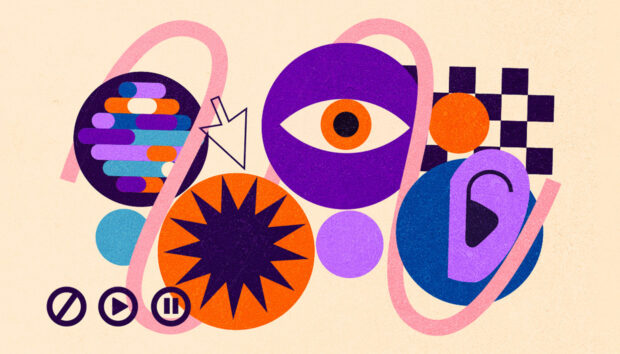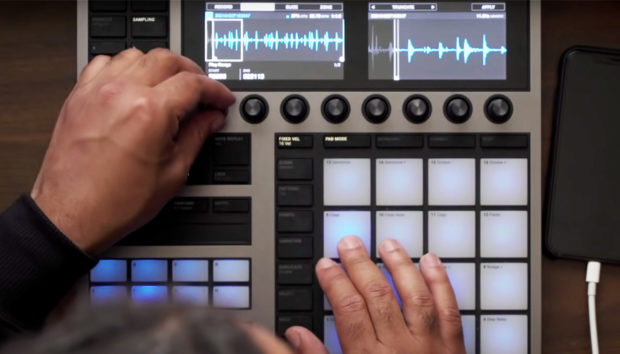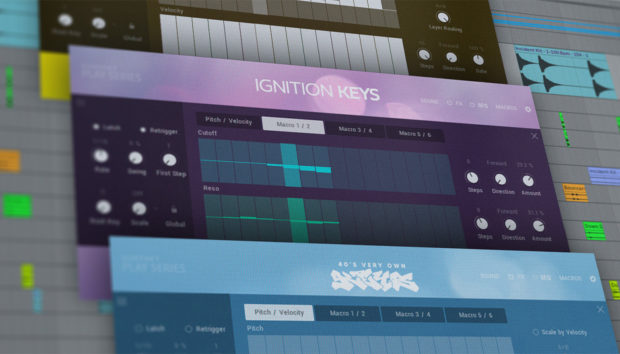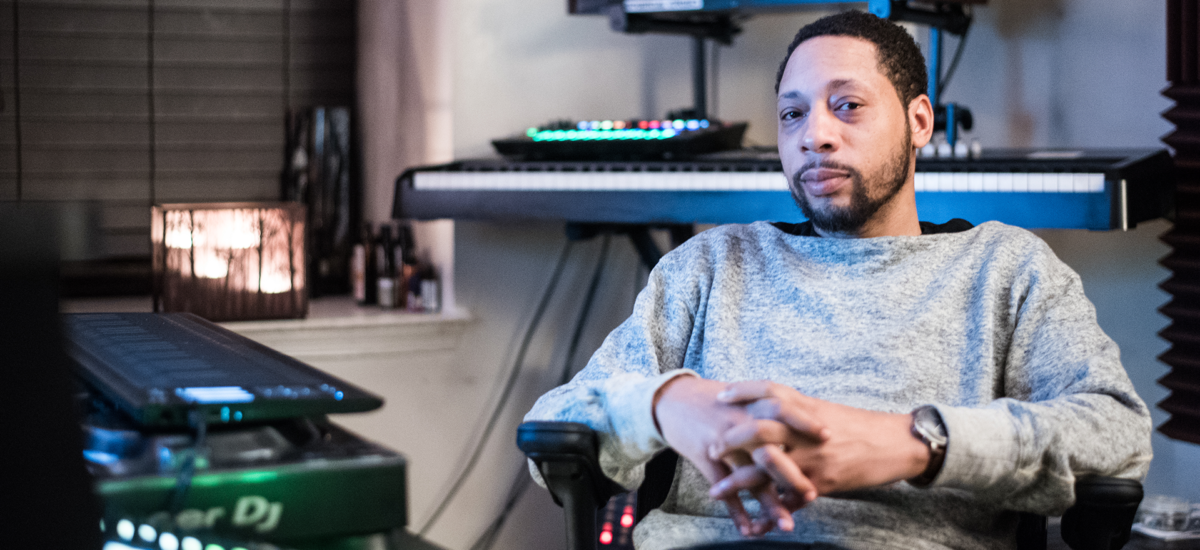
Baltimore DJ and producer Karizma, a.k.a. Chris Clayton has been making music that is both captivating yet understated for over two decades. His productions don’t yell to get your attention, they whisper and churn into thunderbolts when put through the bass bins at clubs all over the world. Speaking to Native Instruments Clayton details how MASCHINE aids his studio processes, and how he organizes his workflow to ensure all of his ideas are materialized.
Can you point to one or two experiences when you were growing up that helped form an interest in making music?
Church had a big impact on me because I always liked going there and the music played a large role in the services. At home I would sleep by the radio just to hear more music I wasn’t familiar with, and when my grandmother would bring home records I would read everything that was on the sleeve so I could learn who was making this music and maybe even how they were making it.
How did your experience growing up in church influence your creative process?
I did grow up in church and actually, I was on my way to becoming a minister up until I was 17 years old. I had already started DJing at clubs at that point and the problem was I didn’t feel like I could do both, so I decided to focus my energy on becoming a musician. Needless to say my mother wasn’t happy about this at all. But slowly, she started to see similarities between the church and the club, and after that realization she could relate more. As far as how growing up in church influenced me I would say I was drawn to dance music because of the many similarities between the two. Both have groups of people gathered in a room for a shared experience, so they can let go of the stresses that come with everyday life and come together and release energy. I would also add that the sound of a choir is magical somehow; when I heard the sample for “I got Jesus” [Marcel Vogel’s original, remixed by Karizma] it brought me back to my time singing in the pews and feeling a sense of togetherness. That’s the feeling is what I hope I can bring in my music.
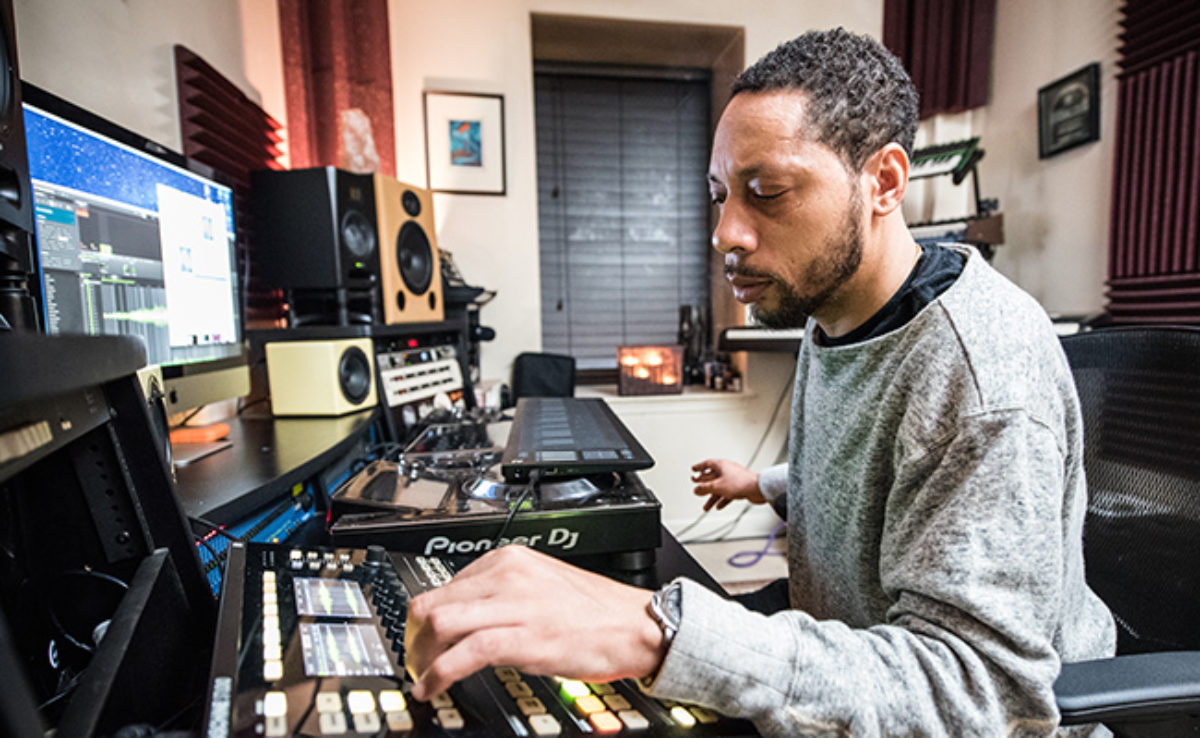
Hip hop, disco, and house all share similar roots and they all play a role in your production aesthetic. Which one came first, and which artists did you draw inspiration from?
Hip hop definitely came first. John Robie, who worked a lot with Afrika Bambaataa and Arthur Baker, and Marley Marl with Pete Rock. What made an impression on me was how they would take samples and layer them. Layering sounds is a cornerstone of my workflow to this day, taking different, seemingly disparate genres of music and weaving them into a new fabric, making it personal and hopefully recognizable as my own sound.
Always save your ‘stupid’ ideas, because they are not stupid.
The atmosphere you create in many of your productions is quite intimate. They bring the listener into the room where you made it. For example, in the track “Darqness” there is a slight hiss and hum in the background. How did you do that?
It wasn’t a conscious effort to incorporate that background atmosphere, that sound was in the sample and it worked. I hope that within all of my music people can feel ’at home’ either on the couch or in the club. As to how I create a feeling, if I want something to have a dirty, raw sound I will sample vinyl. There is a lot of atmosphere just from the needle touching the wax. I don’t really use any effects to accentuate certain sounds other than the occasional filter here and there, so the immediacy and intimacy within my music has a lot to do with not ‘’over-cooking’’ ideas and letting them breathe.
If you were to give some advice to young producers about how you stay productive, what strategies would you recommend in order to stay inspired?
To put it broadly, I do my best to stay busy. Specifically, I am working of six or seven ideas at the same time and I juggle back and forth depending where I’m at with a specific piece, and I rarely finish an entire track in one day from start to finish. Additionally I would say not to throw away an idea just because you don’t like it at the time, even if it’s totally wack! Sometimes I will go back to a track that I didn’t like initially and then a month or two later I will hear something totally different in it. Always save your ‘stupid’ ideas, because they are not stupid.
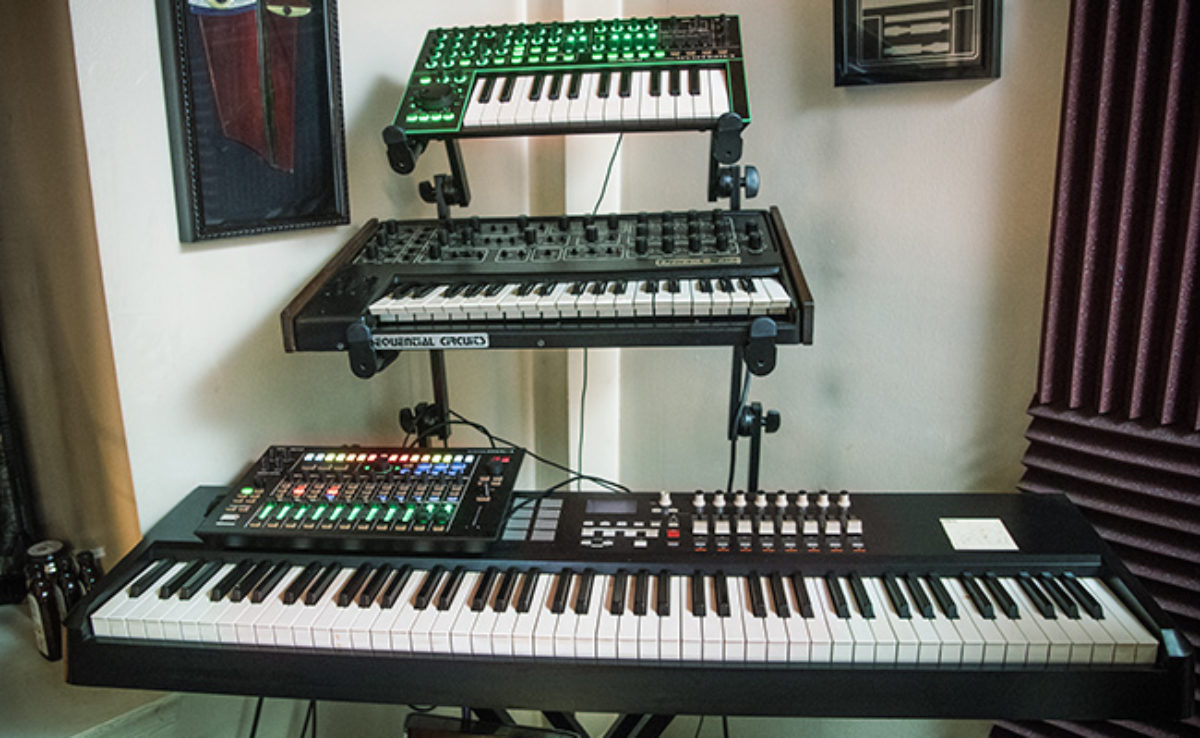
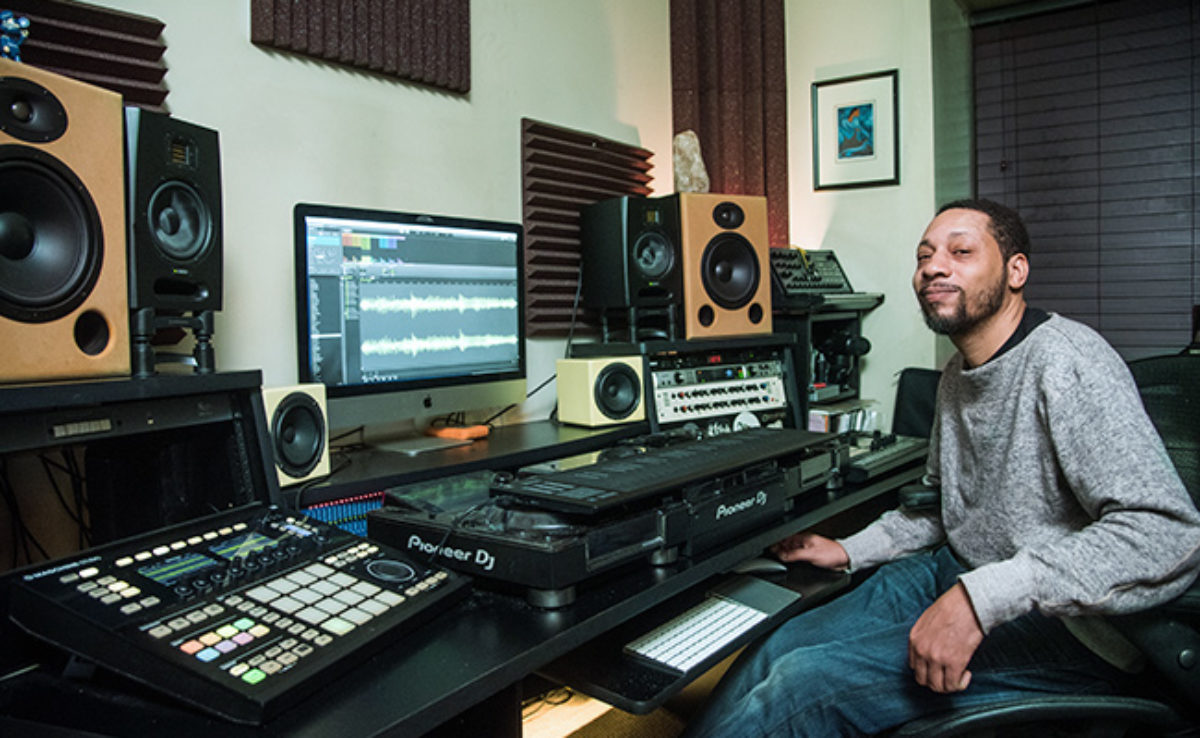
There is one video I saw recently where you are working on a remix for Yusef Rumperfield’s ‘Brazilian Butta‘ using MASCHINE STUDIO. How do you arrange the parts on the hardware, do you use dedicated groups for vocals, drums, synths, or do you put everything in one group?
The melody parts of this track are from Yusef but the drums are my own. Usually I have four or five pads in one group that are just drums and most of my kicks are made from three different sounds layered and equalized so they work together as one kick. The sound of the kick is also very dependent on the bassline. If the bass is very sub-heavy then the kick would be more of a mid-range knock and the bassline would do the rest. I rarely use more than eight groups in a project. The groups are organized basically, like you said; drums in group A, synths in group B, and so on.
Are there any other pieces of gear that you have either used in the past or are using now?
The Ensoniq ASR-10 was a very important part of my workflow up to, and including the LP ‘A Mind of it’s Own V.20‘. The filter sounds amazing, it has eight tracks for sampling so transitioning my workflow to MASCHINE STUDIO felt natural, plus when there were too many samples loaded into one project it would unintentionally change the swing of the drums so it had this ‘’off/on’’ swing.
That description of swing reminds me of the second line funeral marches in New Orleans.
For sure, and going back to church, the feeling for rhythm is very similar as well.
The track you did with Cooly G entitled ‘It’s Serious‘ on Hyperdub also has an interesting use of swing, on more attuned with UK Garage and UK Funky. Was your process any different on this collaboration?
Not really, partially because I was familiar with Cooly’s music and I am a fan of Kode 9, so it was a very natural fit. My workflow was quite similar even though I was making something very different.
When you are working on a track and you get stuck, what gets you moving again?
I like to go through the preset groups in MASCHINE and find one idea that I like, then erase it and make something in that vein but with my own sounds and samples.
I would like to ask you about the concept of music as therapy, do you see yourself as a psychiatrist of sorts?
Whether we realize it or not, DJs and producers are, in a way, doctors and therapists as well. Daily life is a hard grind and people need a respite from stress and dancing and being among like minded people is critical to that stress relief and it hopefully can be an uplifting experience.
photo credits: Josh Sisk








